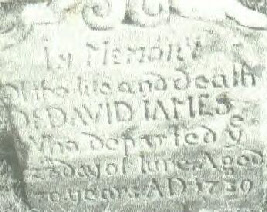
James Family Archives
• Researching the Past
• Education for the Present
• Preservation for the Future
Children of Jonathan James (circa 1751-
1. Eva James: born circa 1770; married October 7, 1791 in Bedfod County, Virginia
to Samuel Hibbs (1764-
2. Christiana James: married March 3, 1803 in Bedford County, Virginia to Lewis Little.
3. Elizabeth James:
____________________________________________________________________________________________________
Biographic Notes:
Jonathan James (circa 1751-
____________________________________________________________________________________________________
Sources:
See, Records of the James Family Archives.
____________________________________________________________________________________________________
Updated: February 11, 2024